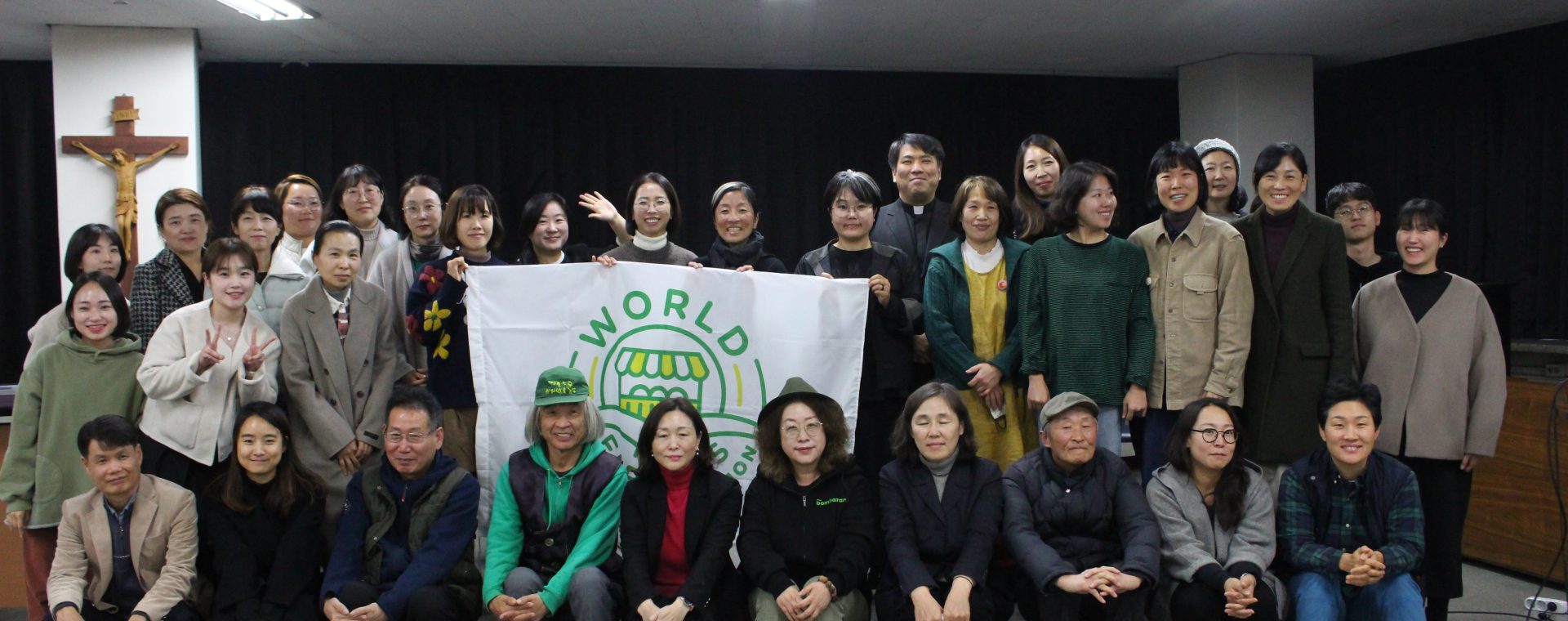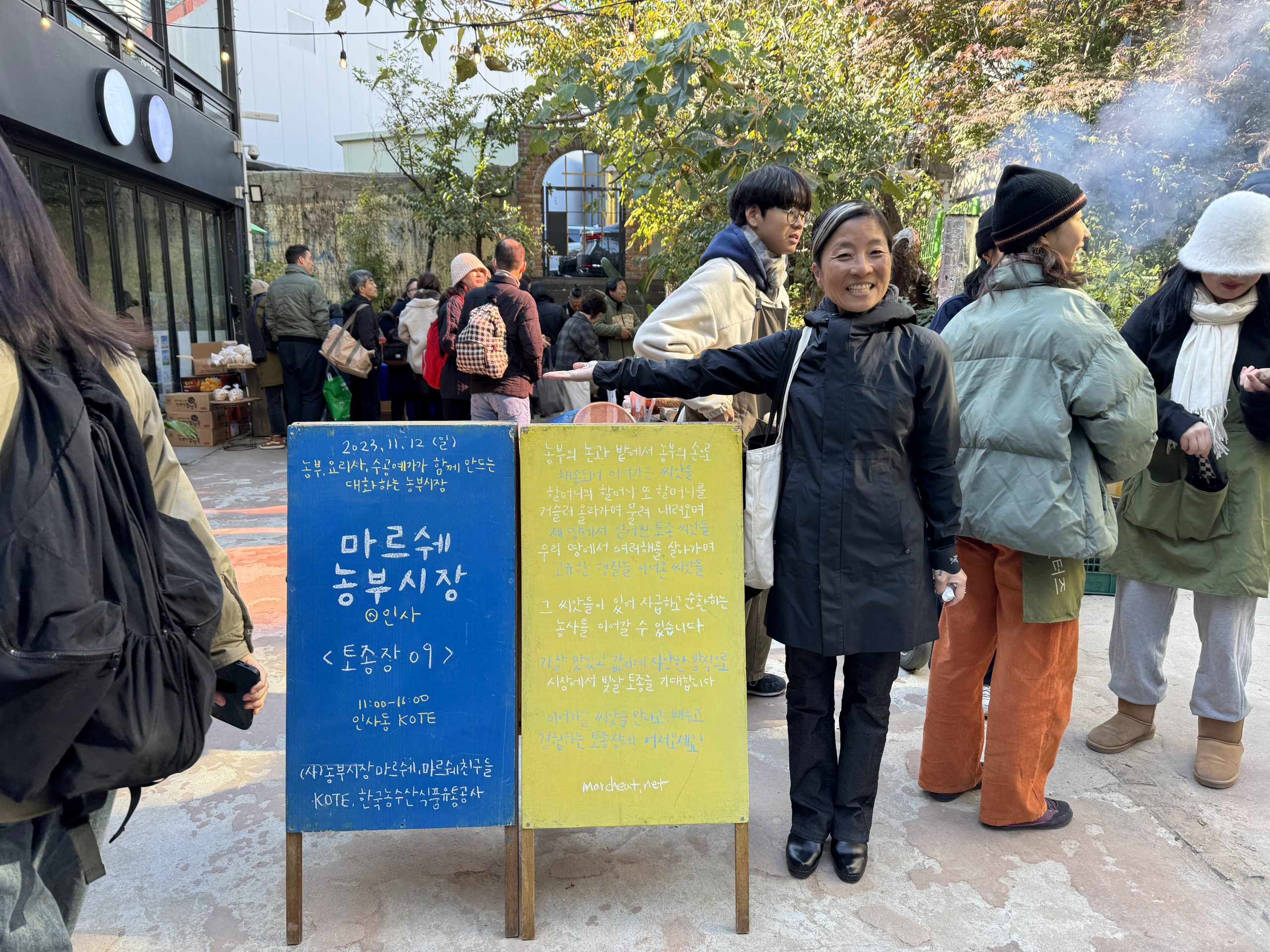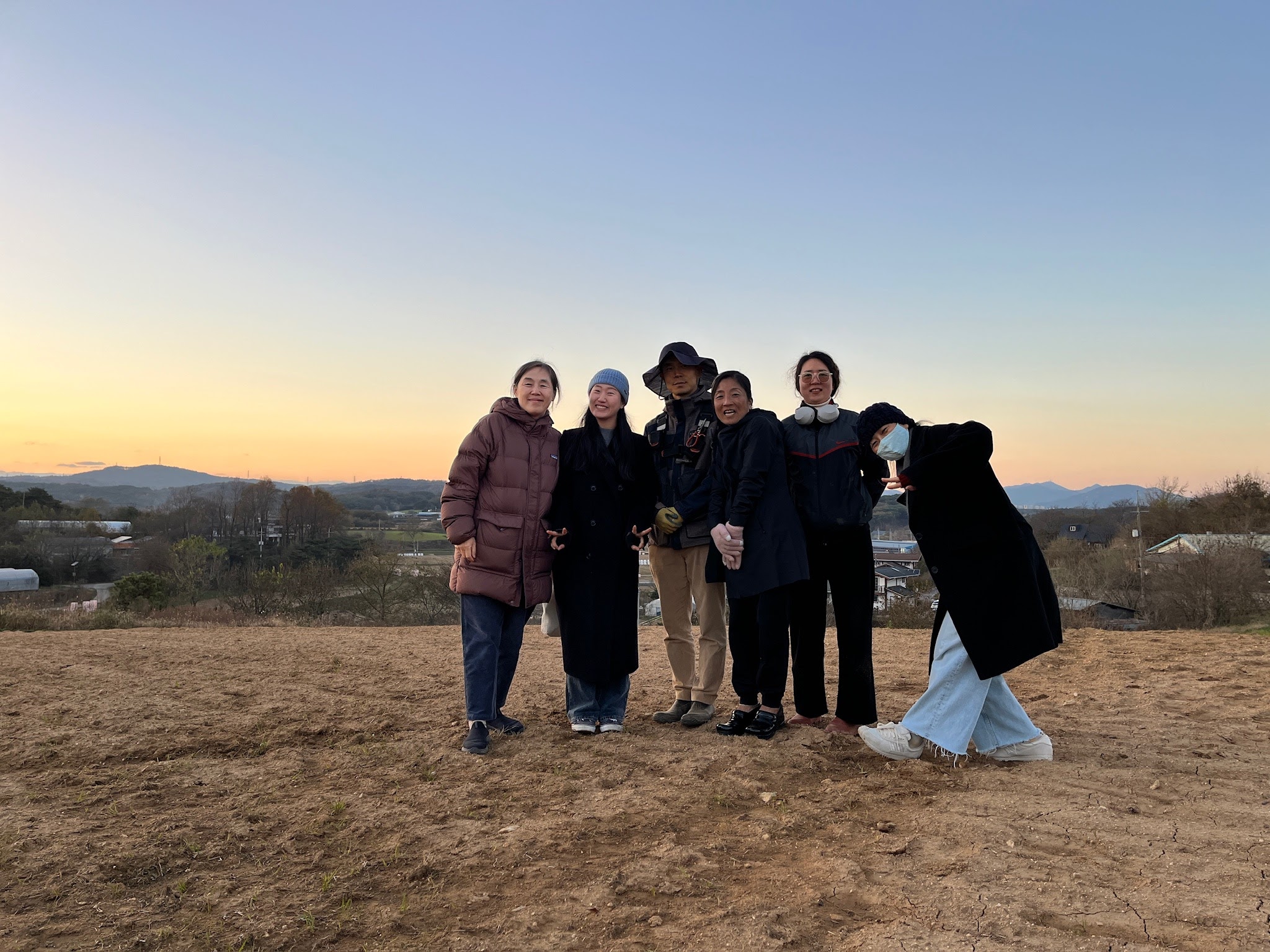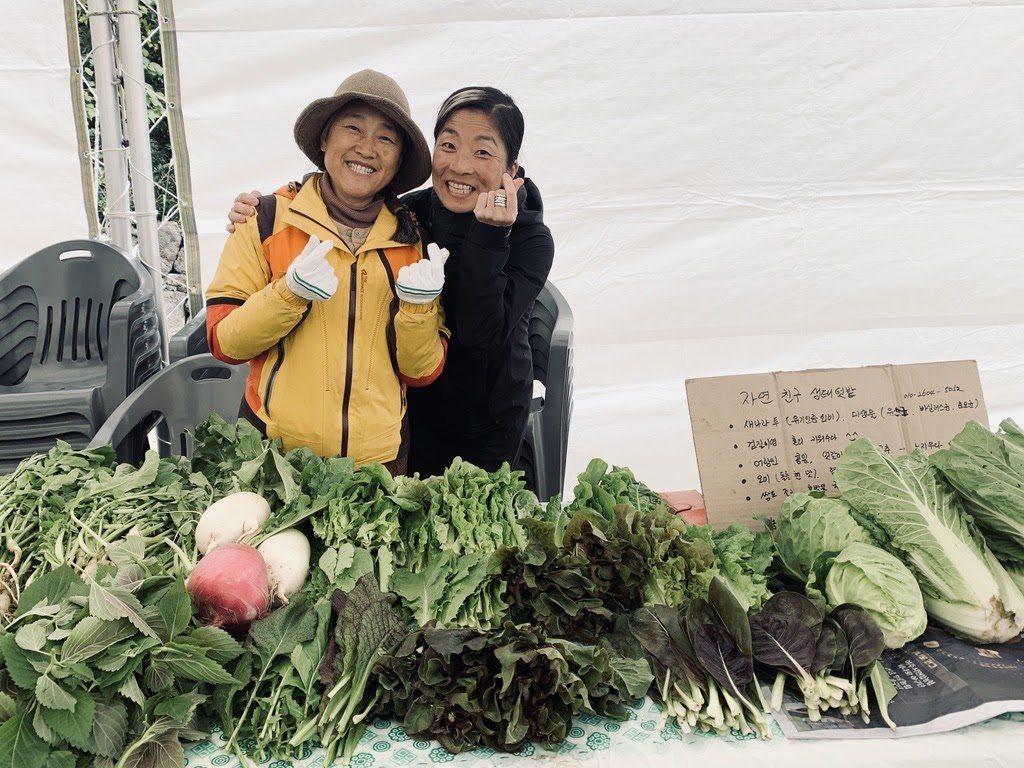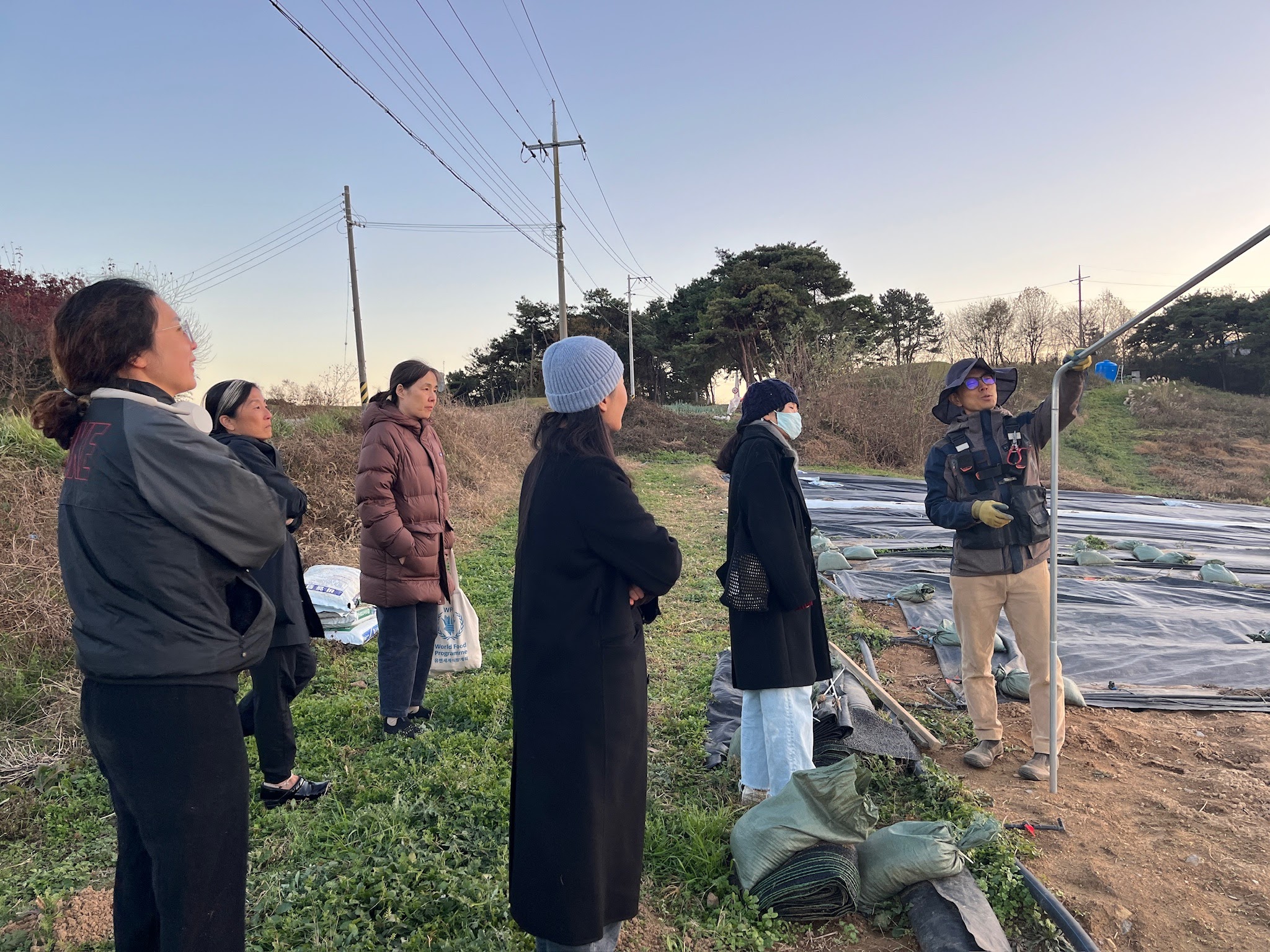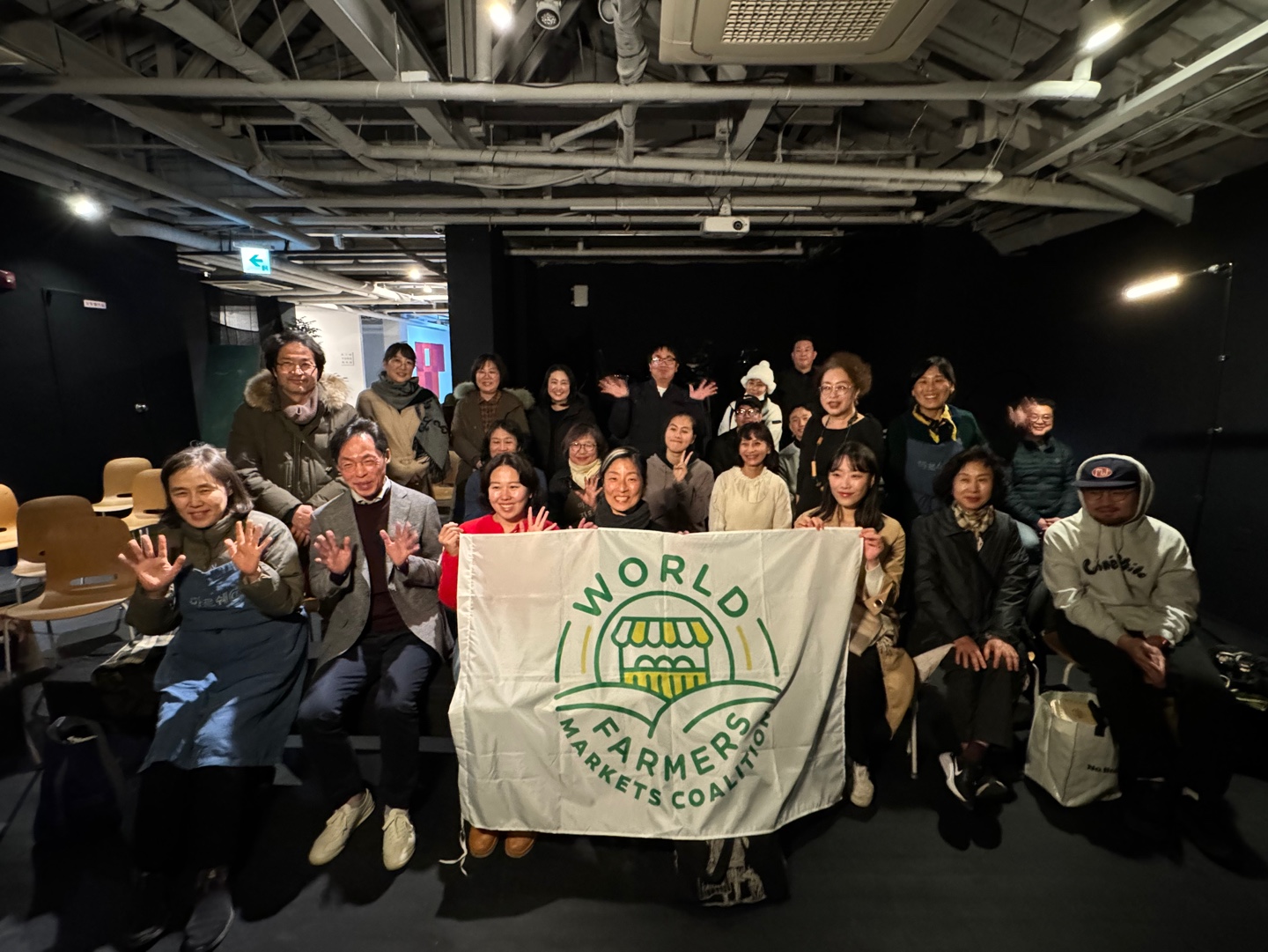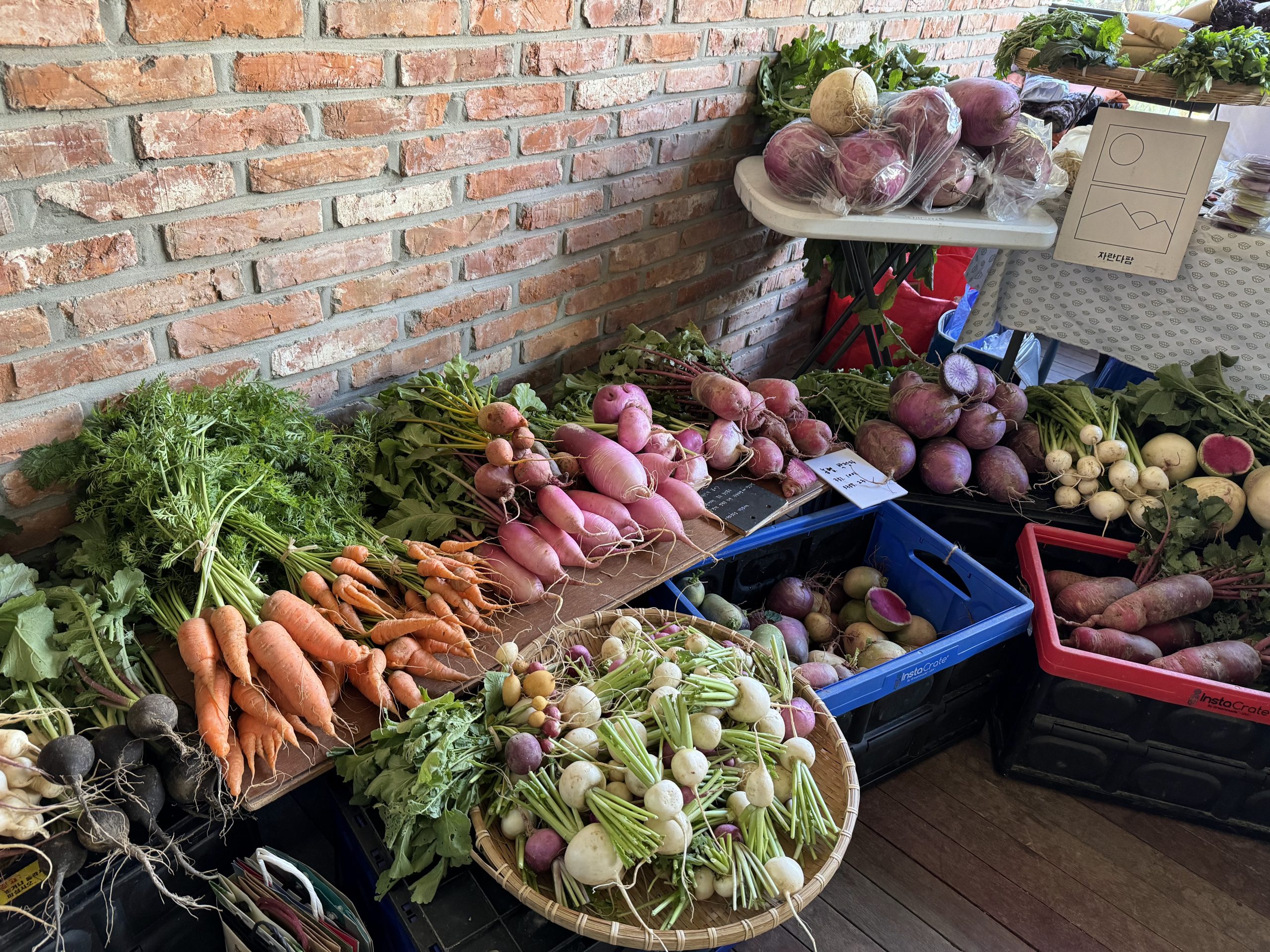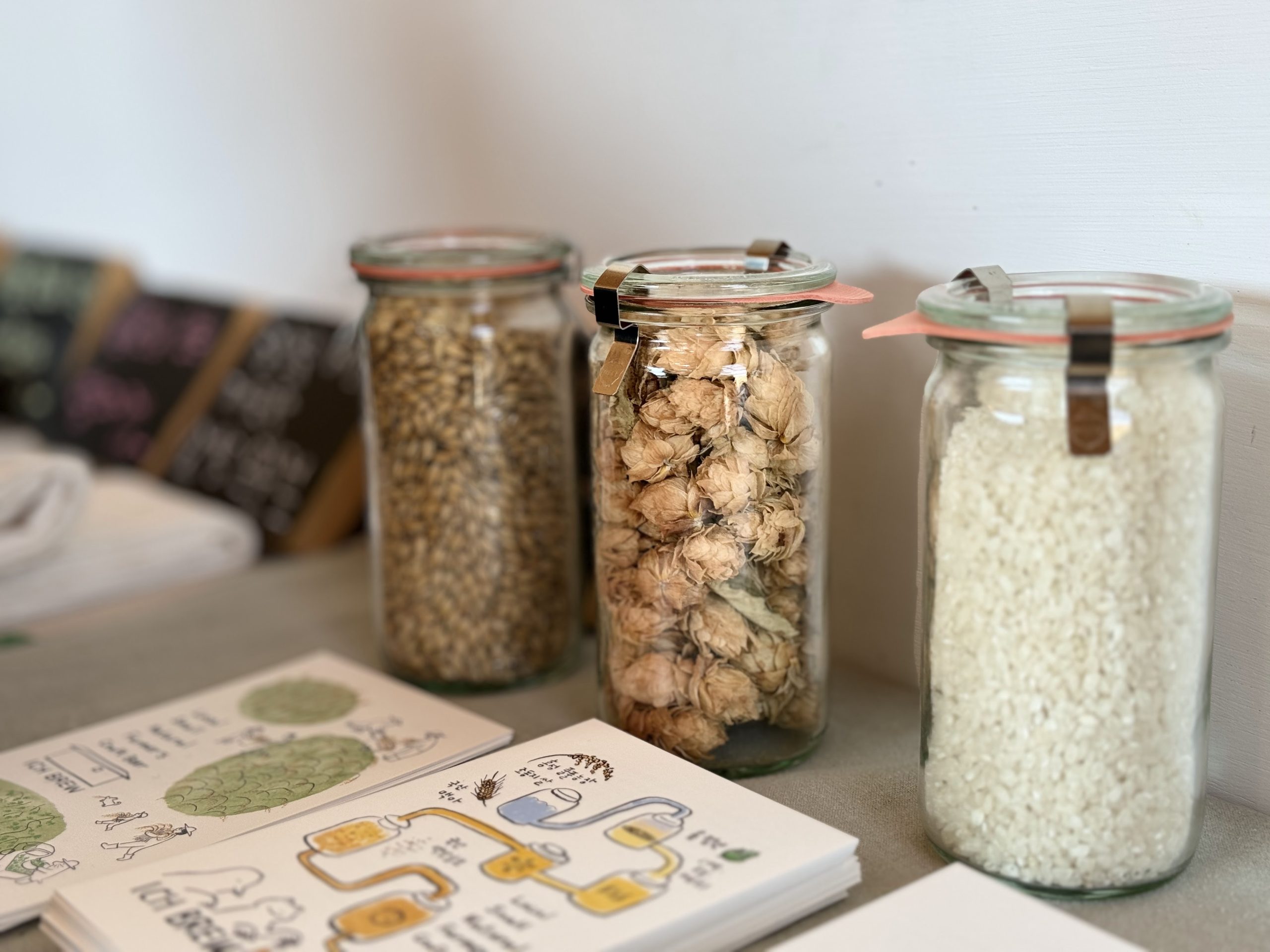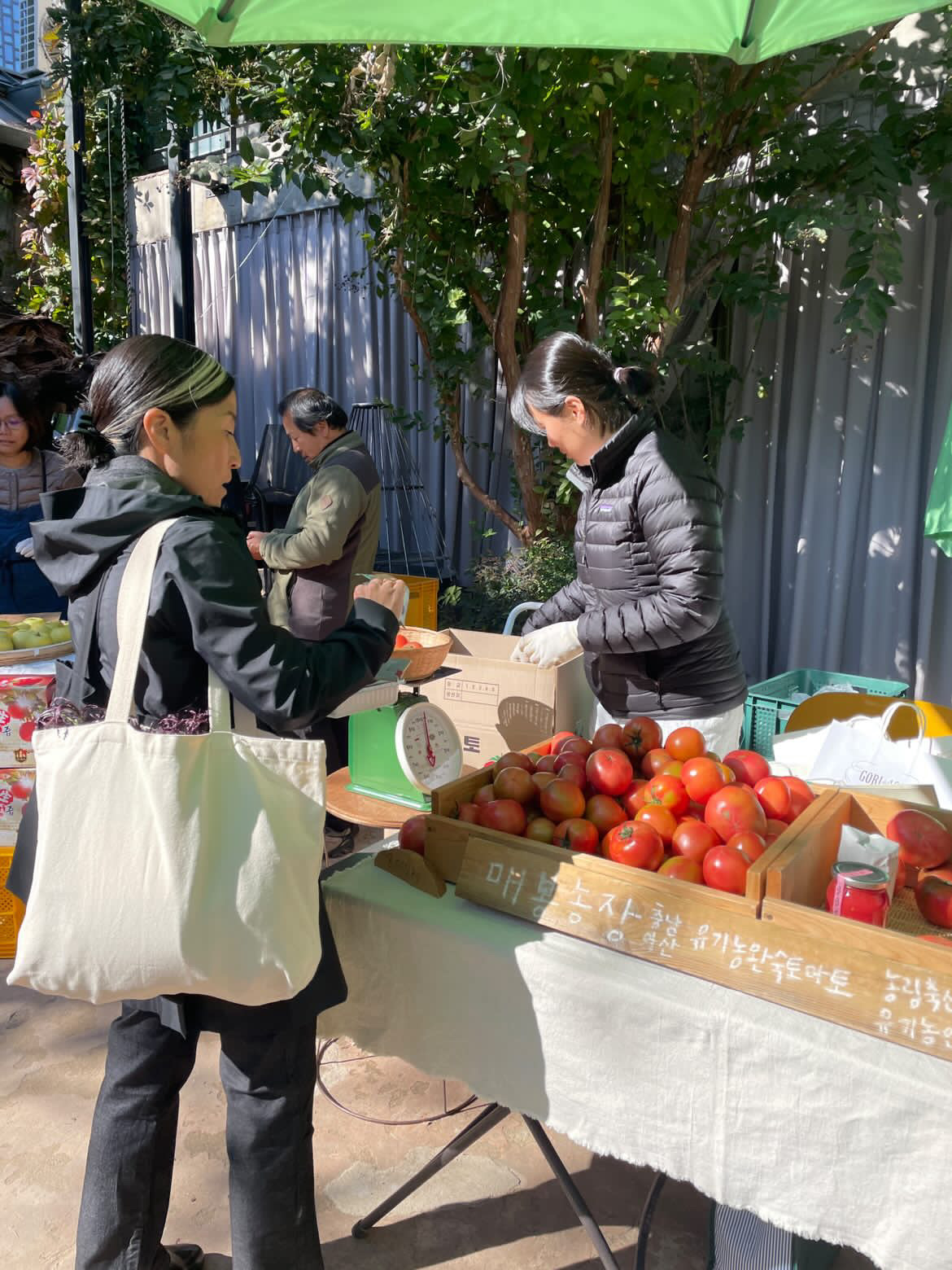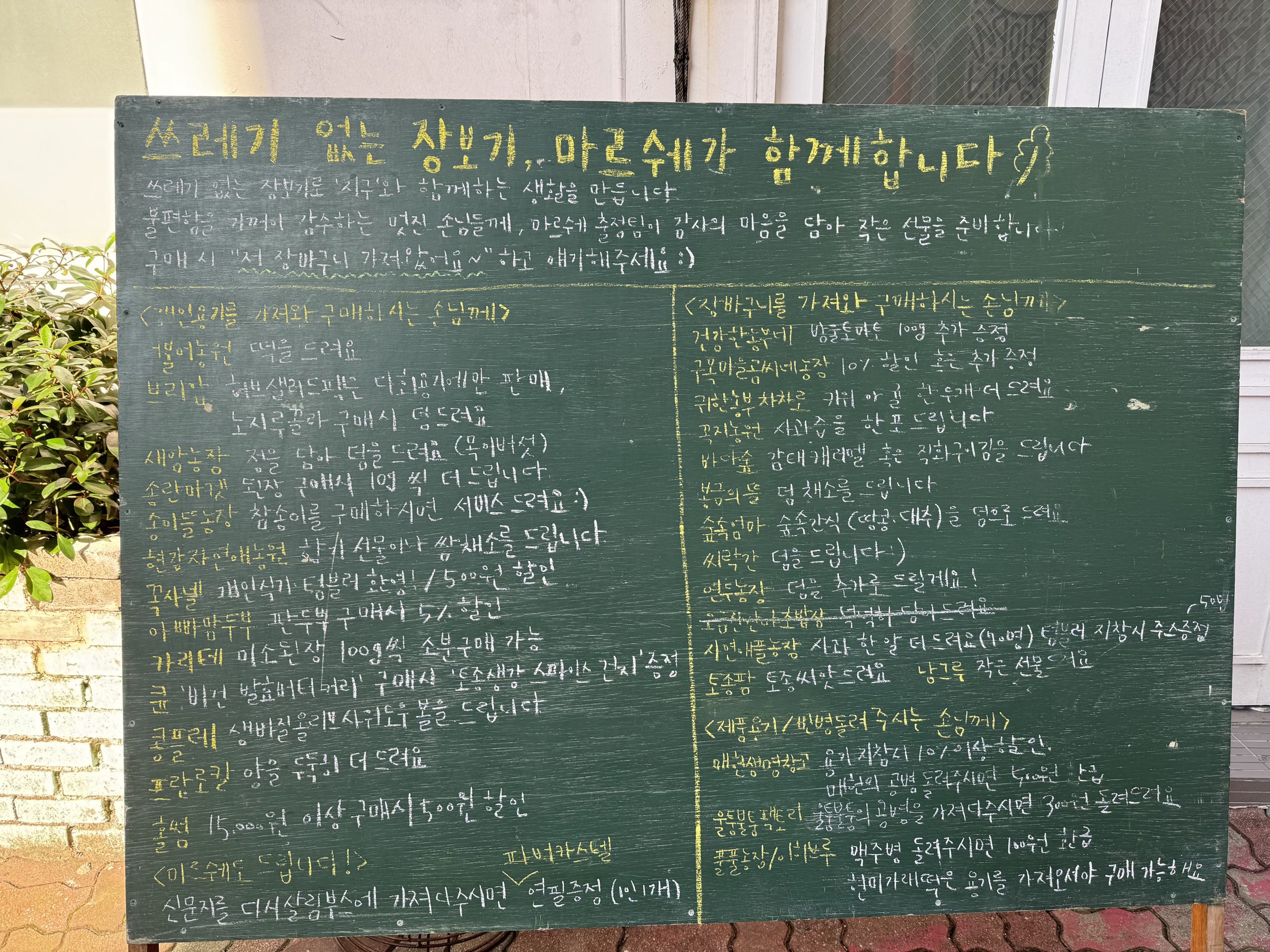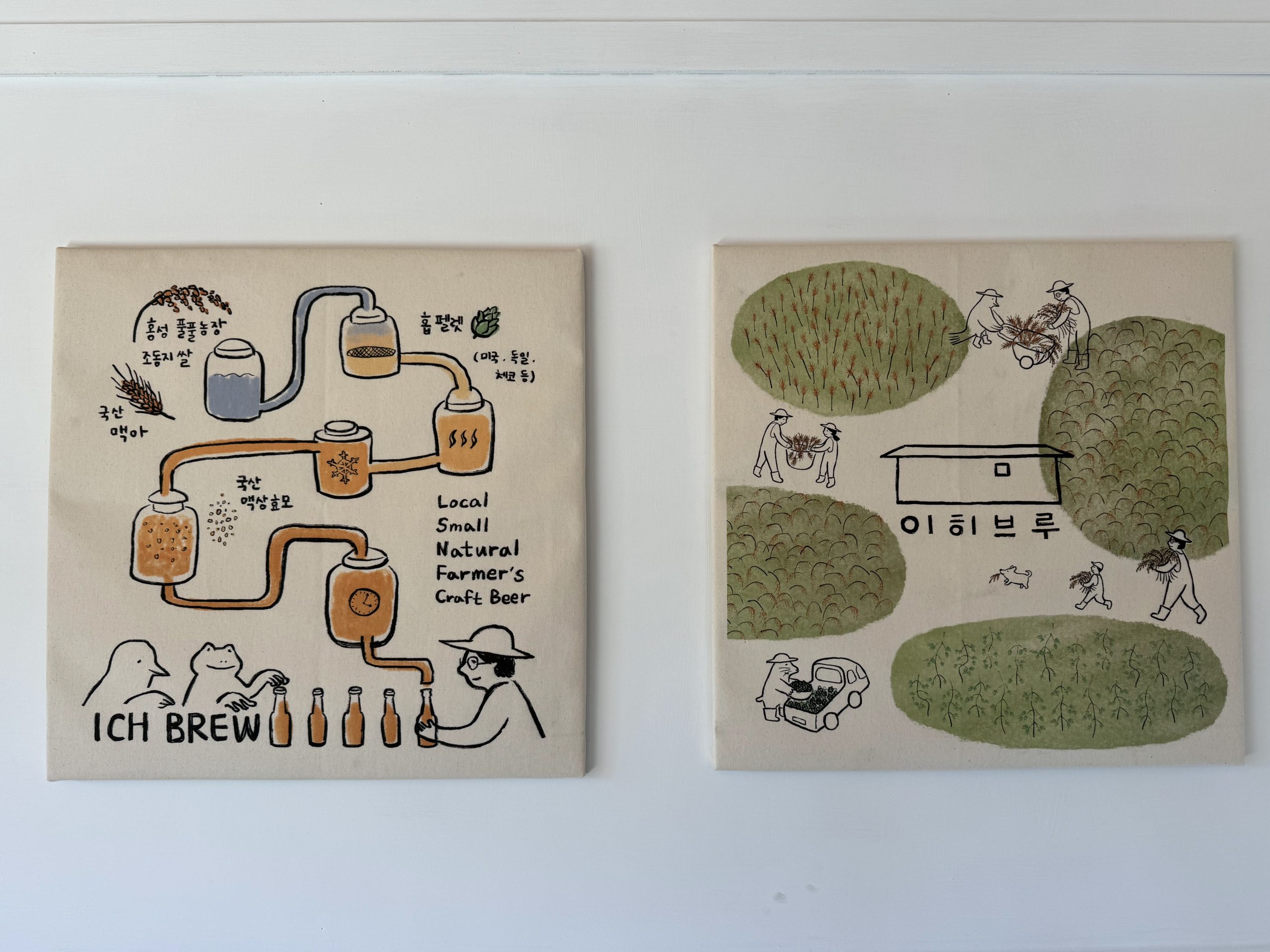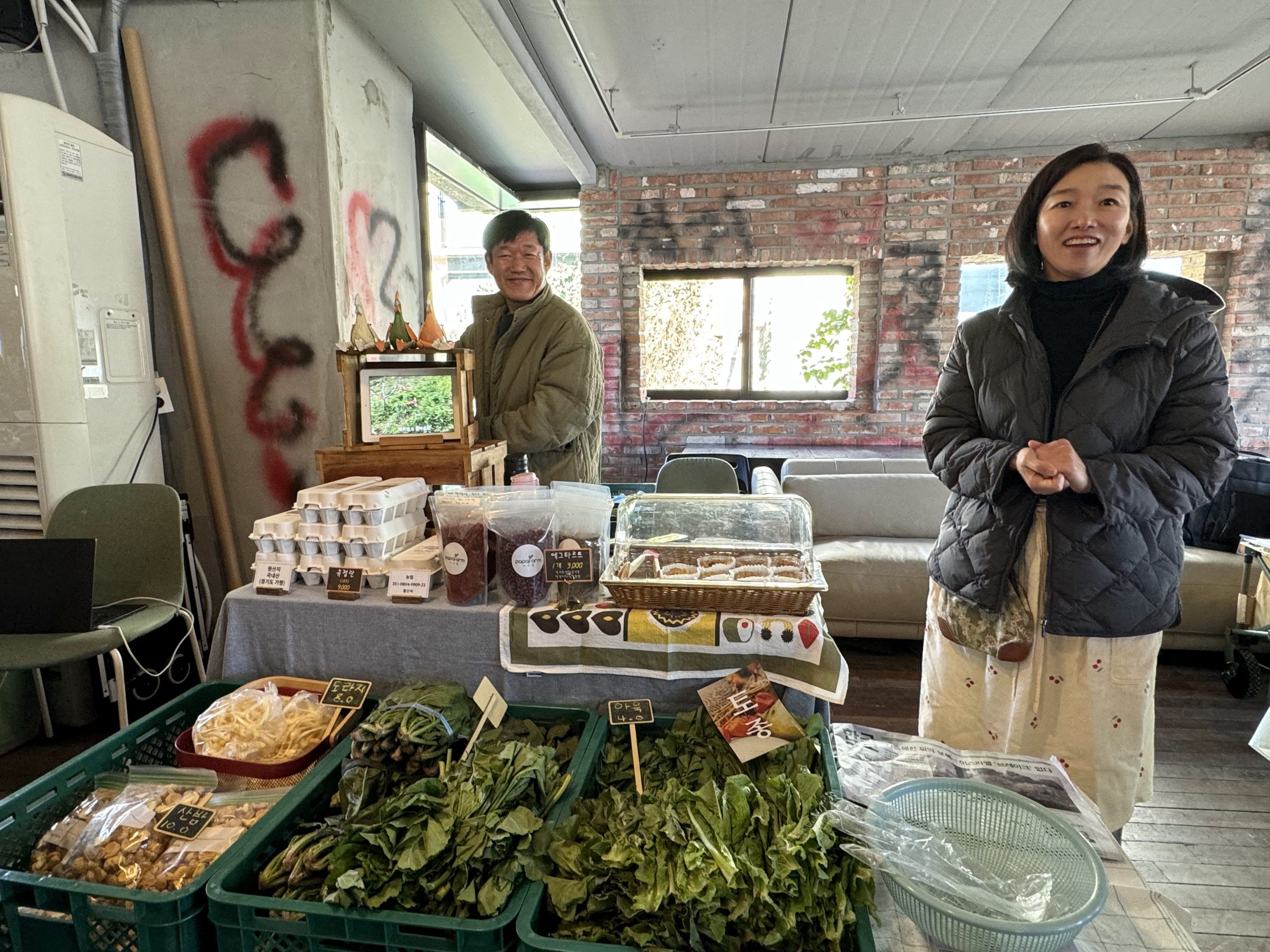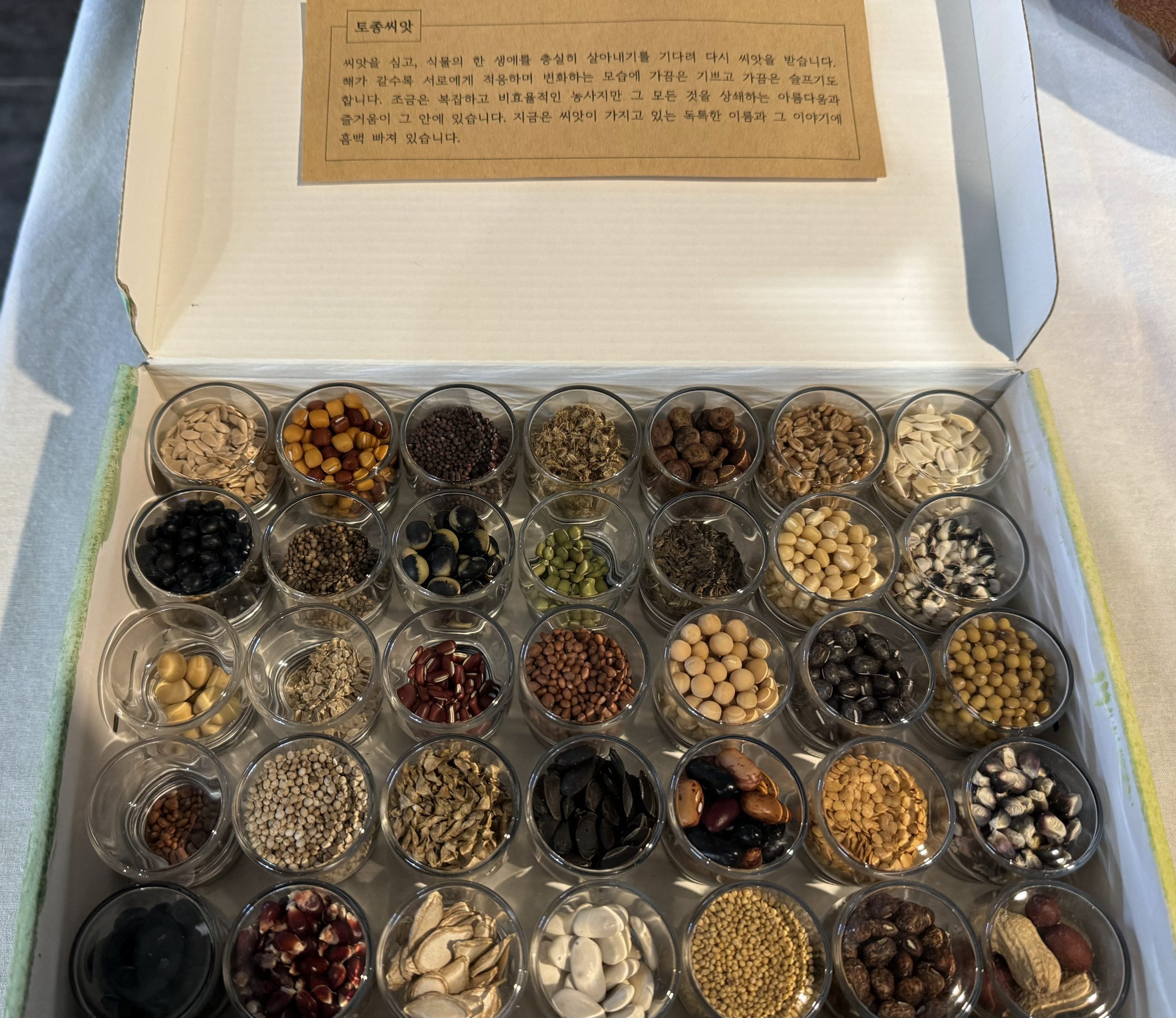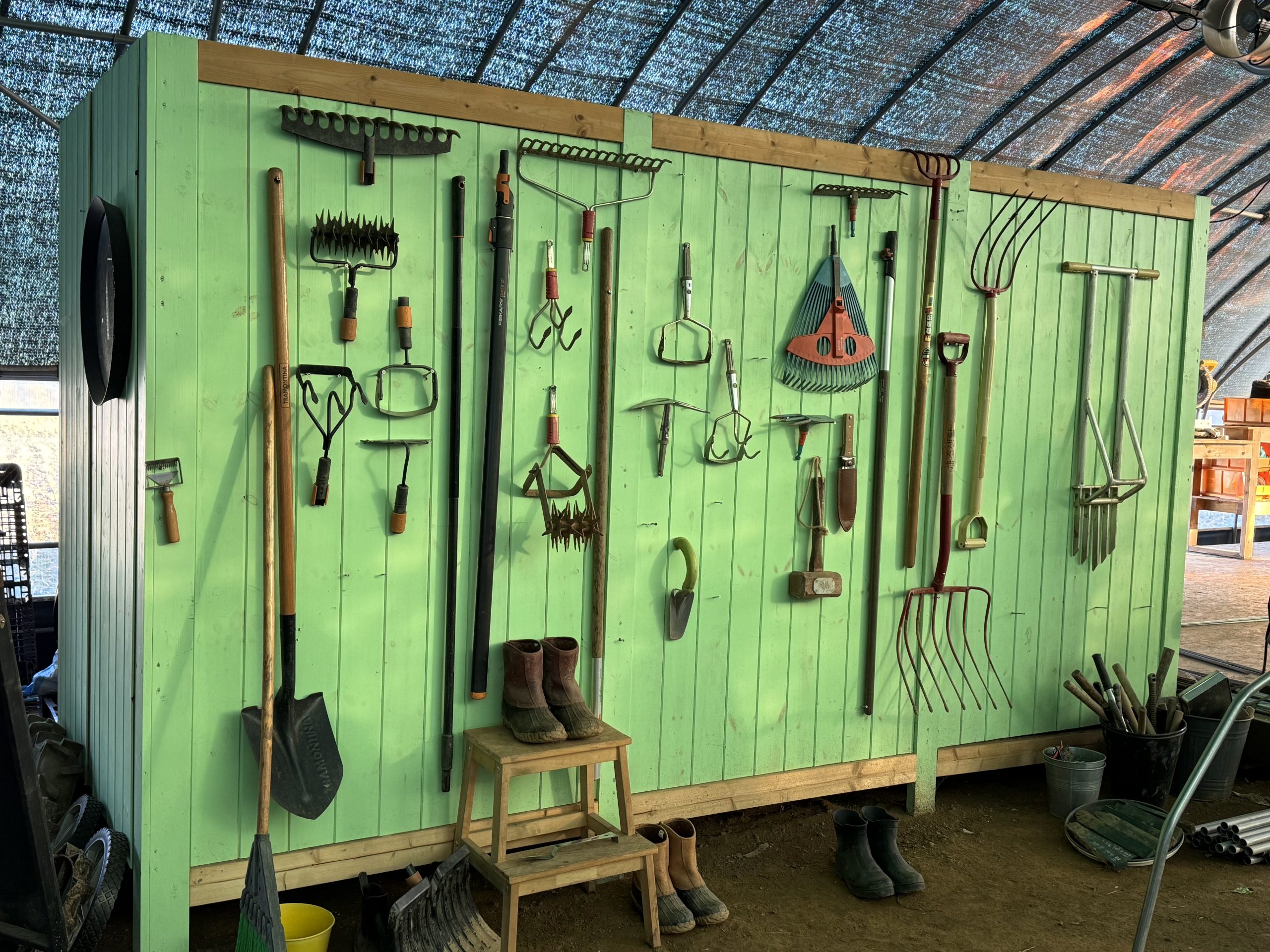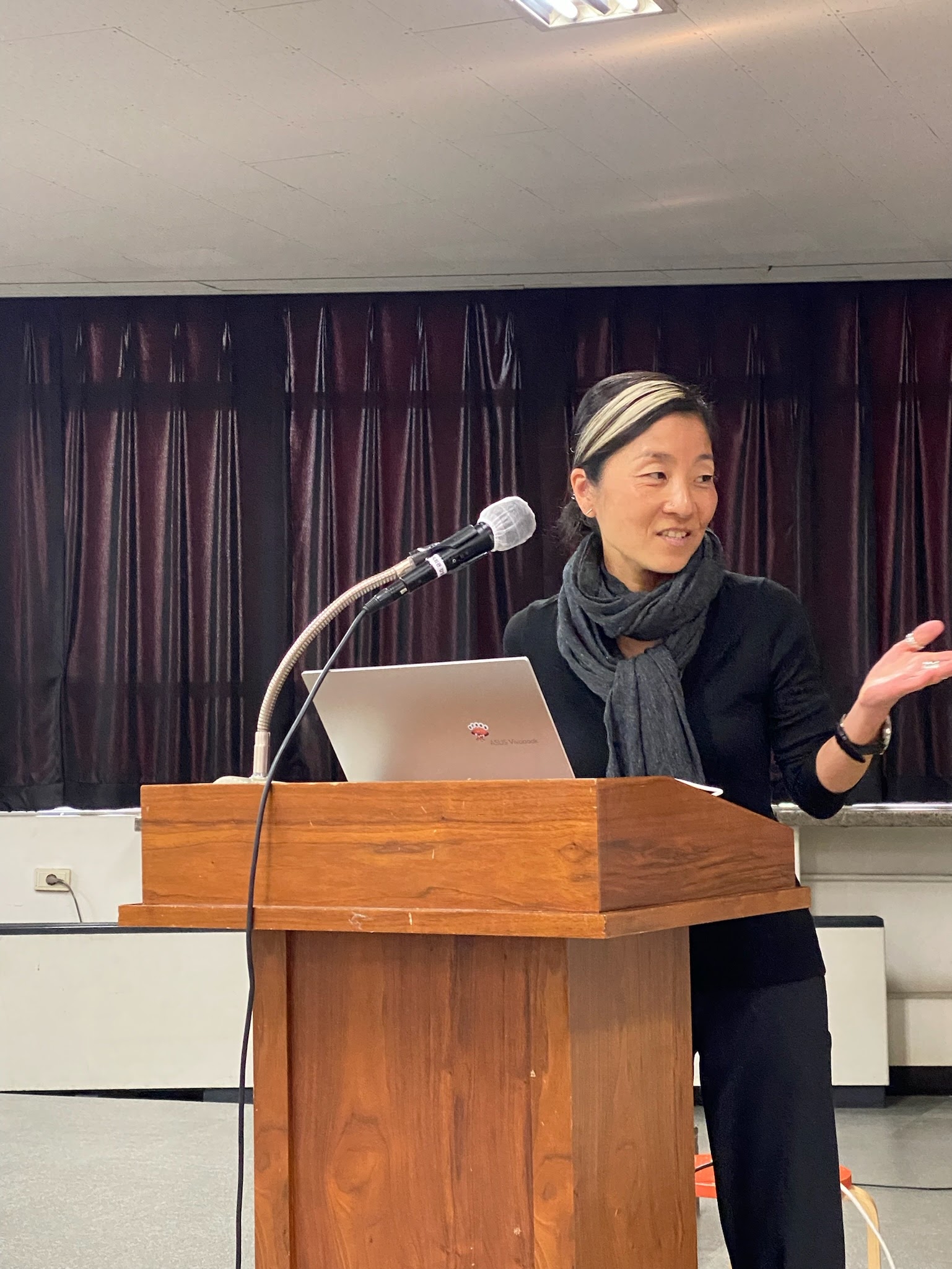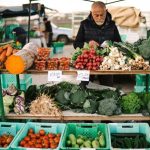Written by Dr. J. Robin Moon, WorldFMC Head of Strategy
I first got involved in farmers market work back in early 2006 in post-Katrina New Orleans. Leading into Hurricane Katrina, in the 1990s, there had been a lot of interest and investment by large U.S. philanthropy in urban local and regional economic development and placemaking. And farmers markets were considered as part of the “main street” economic development and an urban-rural linkage. I was brought in by the Ford Foundation to offer a social epidemiological lens to understand and measure the role of farmers markets in communities experiencing fast, adverse changes – because investors saw that farmers markets in New Orleans were much more than just transactional marketplace. It is also what I saw from the public health perspective, which was way beyond atomistic nutritional value, that kept me in this world.
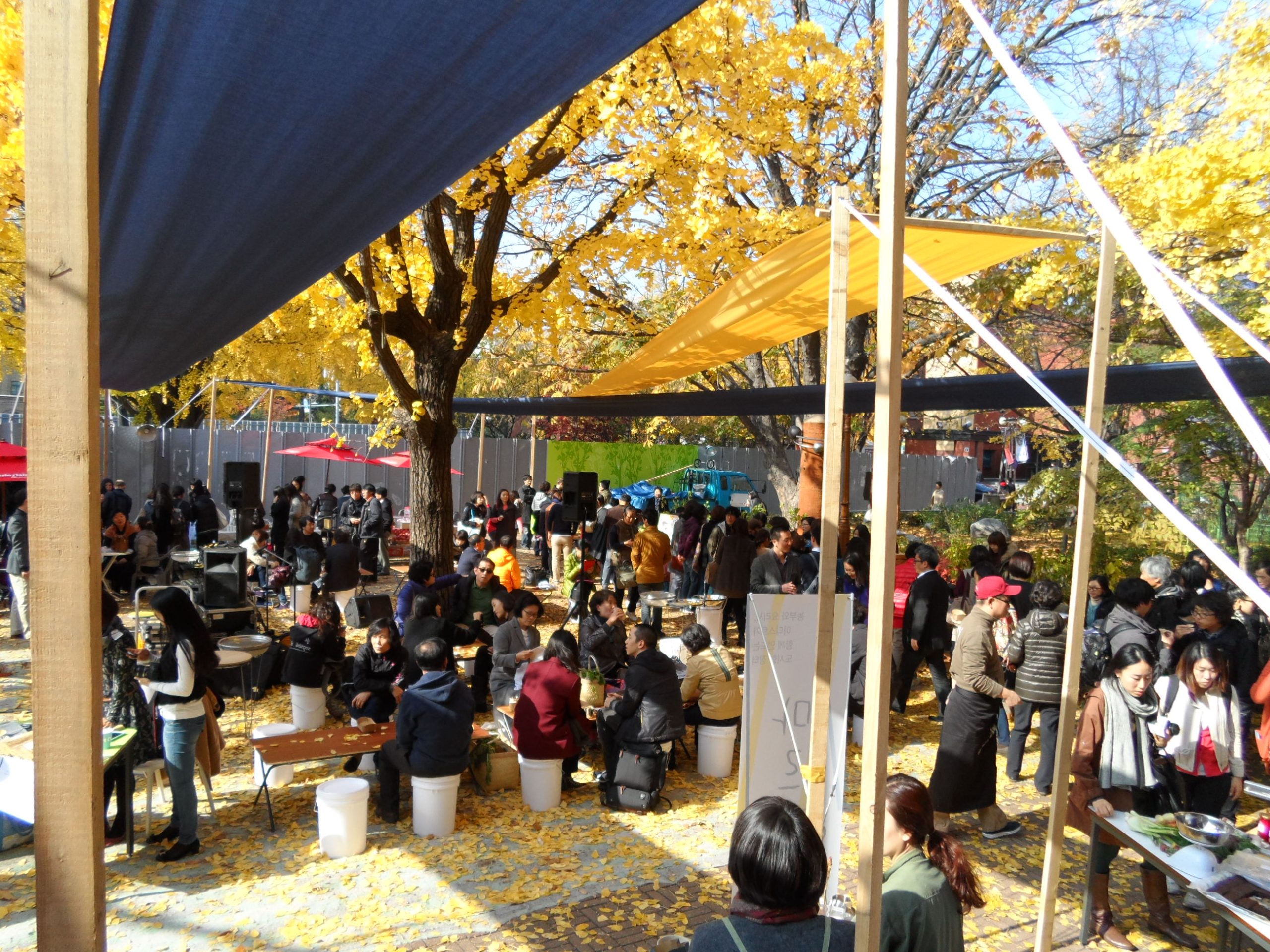
The rise of the urban farmers market in the U.S. began – in New York City – in the 1970s, as the land rediscovery of urban scape. Then the movement for local food and local economies took shape after the 1980s farm crisis, when independent, small farmers got caught in the globalization of our food system, heavily indebted from trying to get larger, and got squeezed out from the consolidation of the infrastructure. This was the post-Green Revolution phenomenon: the industrial-scale mono-cultural food production along with the post-World War II industrialization, where the world fixated on efficiency and scale and mega cities became focal points of interest. The exponential growth of supermarkets and fast food chains has displaced smaller, informal, locally sourced fresh food outlets all over the world.
From the consumers’ end as well: while global food production has increased by 300% since the mid-1960s, this growth largely reflects the increased production of processed and ultra-processed products associated with diet-related non-communicable diseases. What results is a double burden of malnutrition whereby both undernutrition and overnutrition exist within countries, communities, and families.
The 1990s investment was an attempt to restore the urban-rural linkage and balance in terms of economy and health. Leading into 2005, the Katrina catastrophe was the real beginning of the resilient local food movement, including the SNAP (Supplemental Nutrition Assistance Program) breakthrough and the serious consideration for nutrition incentive programs at the federal level. Back in 2005, we counted about 7,000 farmers markets, a 300% increase in number since the mid-1990s; by 2015 we had 10,000 farmers markets.
For New Orleans to have robust farmers markets as a social institution and part of the resilient social fabric, there was a decade or two of effort building it from the ground up. Grassroots farmers market operators pioneered and paved the path for farmers, shoppers, hosting communities, and investors to come on board. They brought this market concept into public awareness and then contributed to evolving the social norm on what it is, what it does, and where it needs to go. This less-than-glorious, startup period is one that many forget or bypass. And I had the opportunity to witness once again the critical role of the farmers markets operators, in South Korea when I made an official visit in November 2023 as a sole delegation from the WorldFMC.
Farmers Market Marchè (농부시장 마르쉐@) is a proud member of the WorldFMC that has been operating weekly, year-round farmers markets in Seoul for 11 years. The management team has fought countless adverse and hostile circumstances over the years and still managed to operate weekly markets in various locations, with a temperature variation of 40 degrees Celsius (100+ Fahrenheit) within one year. In the ten days of my visit, I went around five provinces to visit various farmers markets as well as friends and vendors of Marchè. I also got to attend and speak at events co-organized by the participating farmers markets with Marchè’s leadership, including its third annual Farmers Markets Forum, where nearly 100 people from all over the country attended (a 60% increase since the previous year) including Marchè and its board members, farmers, vendors, journalists, researchers, relevant non-profit colleagues and advocates, market operators, and those who are interested in starting new farmers markets.
From what I have seen, South Korea has an informal farmers markets network now and is poised and ready to positively impact public policy with Marchè at the helm. Farmers Market Marchè demonstrates and exemplifies the evolution of a farmers market from its very beginning, and is a reminder of what farmers market operators do so that the market can bear economic, social, environmental, food security, and biodiversity impact.
- Marchè has created a new demand from urban residents for regenerative organic farming products, indigenous produce and biodiversity, and a healthy earth. They did this by first educating and convincing one skeptical small-scale farmer at a time, to cultivate, produce and sell their products at Marchè. Over 11 years, Marchè has created weekly market space with 80+ farmers and the matching demand by shoppers who did not know they wanted and needed their products. Consumers are also educated by Marchè via almost weekly workshops, and the farmers at the market.
- Marchè has essentially become a business laboratory and incubator not only for the small-scale farmers growing and selling new and value-added products, but also for first-time young farmers, entrepreneur chefs and food purveyors, artisans and artists, and other partners and vendors collaborating with Marchè to stand up its weekly market. They inspire young people to think differently about what a career is, and what is the purpose of the economy. Marchè also provides various technical assistance to them as well as “matchmaking,” connecting many different skills and talents for various entrepreneurial activities. Marchè has become a breeding ground for grassroots social movements and innovation.
- For any new phenomenon to be popularized and trickle down to benefit all members of society, the process of norm-changing must happen first. Marchè has been changing the norms of what healthy eating and living might look like for the Seoul residents who are used to mega supermarkets and transactional food purchases. They have also elevated the dignity and knowledge of the farmers in the community. Its beautiful market space, hard-core zero-waste practice, purposeful social media marketing and branding, thoughtful display and arrangements of vendors and products pairing, and humanized, dignified experience by both shoppers and vendors, have enabled Marchè to become a trendsetter, a pronoun for earth-friendly, eco-friendly living. Tens of volunteers working at the market every week are but one piece of evidence, as is the sponsorship by Patagonia Korea.
- All in all, Farmers Market Marchè plays a crucial bridge role. It’s a bridge that links business entrepreneurship and agriculture, farmers and consumers, and urban and rural areas. This is an essential role that all of WorldFMC’s member markets aspire to play. To be a bridge is to participate in creating a commons – simply put, a commons is jointly created and used by many people, but not owned by any one individual and cannot be divided or sold individually. Farmers markets as a commons are resources and a social practice of governing them by a community of users. And the market operators orchestrate at the center.
Farmers markets success in the U.S. inspired the Italian experience which points back to the 2001 modernization law of the agricultural sector. The codification of multi-functionality is what got the Italian movement to progress, and farmers markets began to open in 2008. Today, the Italian farmers union, the largest one in the European Union, runs over 1,200 farmers markets throughout the country. Rotterdam Farmers Market in the Netherlands has fought tirelessly for 14 years with the municipal government and authorities, to finally be legally recognized as of a year ago. Work for a Better Bangladesh was able to open 16 new weekly farmers markets in Dhaka, within 15 weeks with little external support.
All of these cases by our members share one important thing: a real change was instigated and proliferated by the civil society that is local and is led and bridged by market operators. I know by now that it is the market operators who create farmers markets that are way beyond “selling space.” WorldFMC’s key mission is to support and elevate them. And I cheer on our Korean member as they embark on the next chapter of their endeavor.
Photo Credits: Marche@ and Dr. J. Robin Moon

